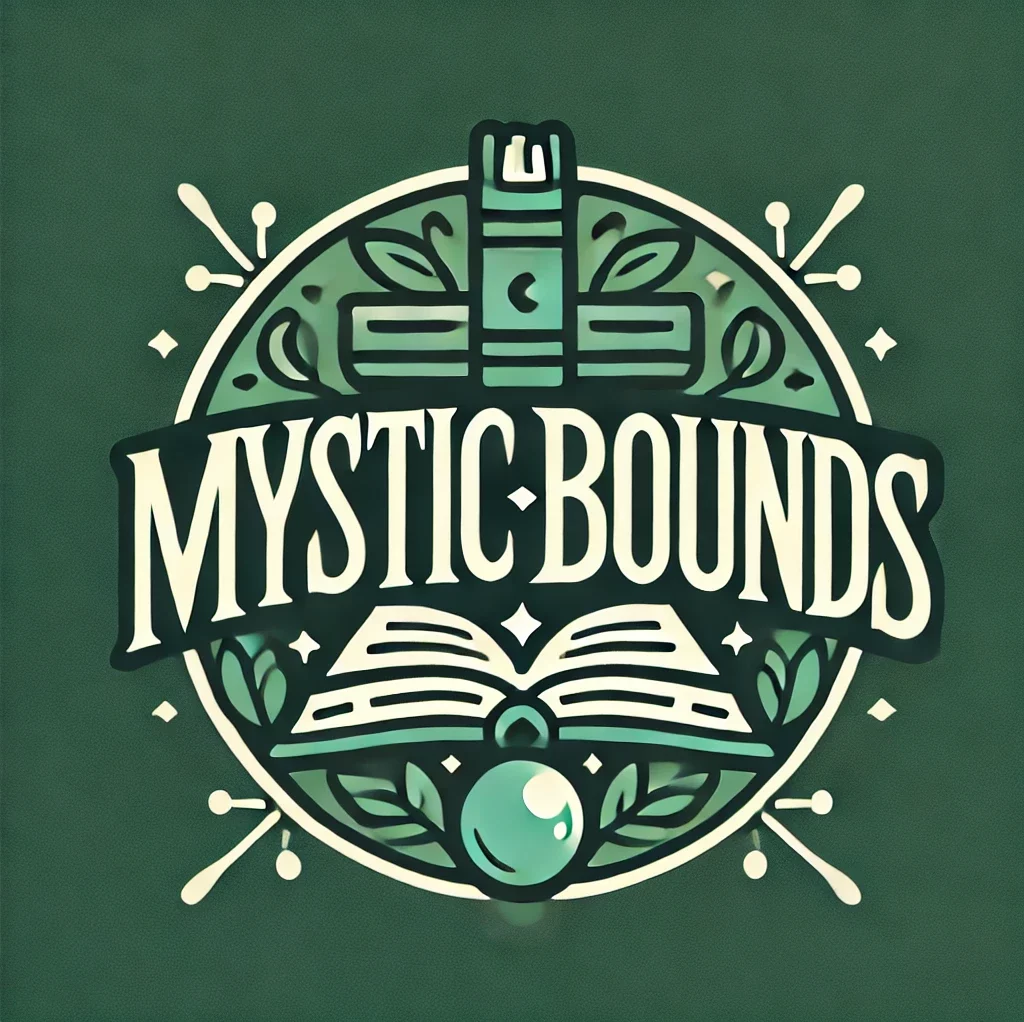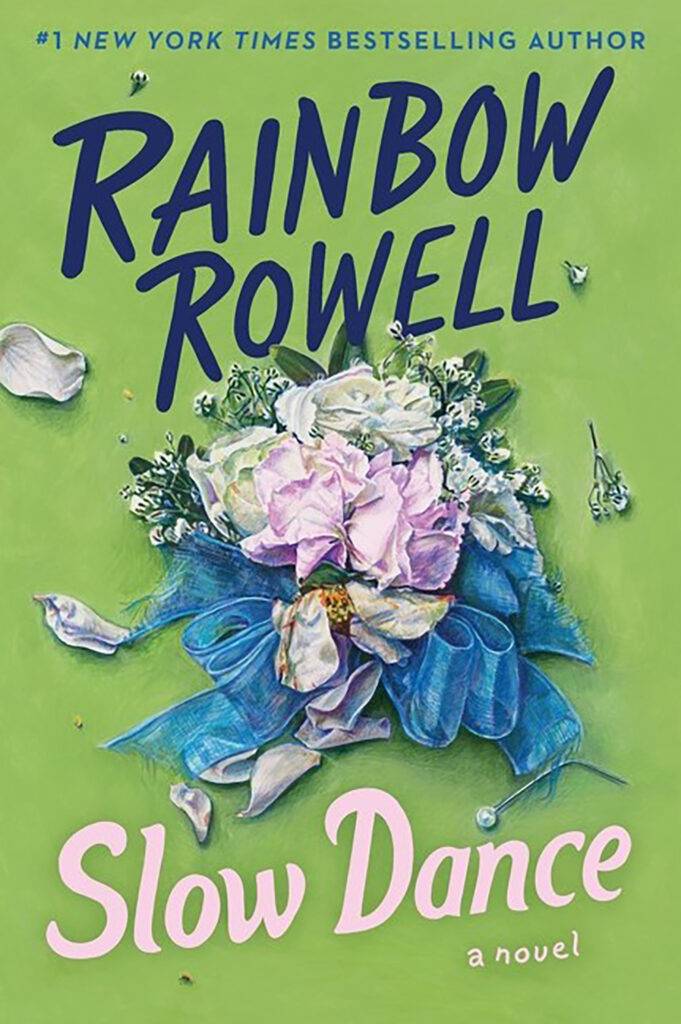Dressed up in fancy attire, the characters in my novels often find themselves at school dances. Whether it’s prom, homecoming, or a leavers’ ball for my British characters, these events serve as crucial moments that reveal much about their personalities and relationships. In my latest book, Slow Dance, a flashback to prom sets the scene for a mature love story, providing insight into the characters’ pasts and presents.
I find great pleasure in writing about proms, weddings, Christmas dinners, and first days of school, as these occasions hold unique significance in people’s lives. While one character in Slow Dance views prom as a mere ritual filled with manufactured sentiments, another character argues that such rituals are essential as they provide structure and meaning to our lives.
As we age, these significant events become fewer and farther between, and the opportunity to celebrate and dress up diminishes. Unlike childhood and adolescence, adulthood lacks the grand ceremonies and rites of passage that mark important moments. In this sense, proms represent a ritualistic celebration of youth, hope, and new beginnings, making them a poignant aspect of the American coming-of-age experience.
Despite the fact that many people have had less than stellar prom experiences, the magnetic allure of the event persists. Proms embody drama, revelation, and emotion, making them irresistible settings for fictional narratives. In literature, proms often serve as climactic moments, evoking a range of emotions and forcing characters to confront their fears, desires, and insecurities.
Proms, much like weddings in literature, provide a platform for characters to experience profound growth and transformation. The spectacle, tradition, and symbolism associated with proms allow authors to craft compelling narratives that resonate with readers on an emotional level. Through proms, stories can reach exhilarating highs or heartbreaking lows, adding depth and complexity to the overall narrative arc.
In conclusion, proms symbolize the intersection of tradition, sentiment, and youth, making them powerful narrative devices in fiction. By capturing the essence of these pivotal moments, authors like myself can create engaging, emotionally resonant stories that explore the intricacies of human relationships and personal growth.

